When I first visited Galicia, I wasn’t expecting much. I mainly went for the seafood, widely regarded as the best in Spain. But I came away discovering that this foodie central has much more to offer. Follow our guide for the best things to do in Galicia so you can really enjoy the city!
What I found, though, was a romantic, sprawling paradise with lush green lands, mystical architecture, and, of course, delicious food. If I could take a guess, I’d say that Galicia was probably never on your radar. Tourists in Spain normally overlook Galicia in favour of other communities like Madrid, Catalunya, and Andalucia.
Don’t be like other tourists! Galicia has so much to offer, from the white sand beaches of the Cies Islands to the Baroque architecture of Santiago de Compostela. These are just some of the top nine things to do in Galicia:
Spend a day at the Cies Islands
The Cies Islands in are still relatively unknown although National Geographic has raved about it for years. Further, in 2007, The Guardian declared Rodas Beach, the island’s longest beach, and indeed the best in the world. The Cies Islands, only accessible by boat, offer a relaxing escape in an untouched natural environment. Home to rare bird species and fauna, these islands are a natural protected habitat. The government of Galicia, Xunta de Galicia, requires that all visitors obtain a permit before visiting during these specified periods.
Getting a permit is easy. There are two ferry companies that carry passengers to and from the islands about every hour: Mar de Ons and Naviera Nabia. I chose Naviera Nabia because their instructions were clearer. When you purchase your ferry ticket on their website during the aforementioned periods, you’ll be directed to the Xunta de Galicia’s website. You will fill out some basic info, and they will email you your permit at no cost. It takes 2 minutes.
To board the ferry, go to the Naviera Nabia ticket office at the Port of Vigo and show them your ticket. They’ll direct you to the boarding zone
Address: Estación Marítima de Vigo, Rúa Cánovas del Castillo, s/n, 36201 Vigo, Pontevedra, Spain
Go wine tasting at Rias Baixas
In addition to its seafood, Galicia is known for its high-quality wines. Ruta do Vino Rias Baixas, the Rias Baixas wine route, is a route of wineries covering several towns in the province of Pontevedra. The local’s wine of choice, Albariňo, is a crisp white wine with hints of fruit. You’ll have the opportunity to try different types of the wine as well as other Galician favorites. The best way to experience the Rias Baixas is to do a full-day guided tour, like this one offered by the Foodie and Tours company. A reservation for one person is $93.
Spain’s office of tourism in Galicia provides detailed information about the wine routes. If you’d prefer to go on your own, you could choose from their list of wineries and plan your itinerary. Below is their website and contact information.
Visit the St. James Cathedral in Santiago de Compostela
The St. James Cathedral in Galicia’s capital, Santiago de Compostela, is the end point of the Camino de Santiago, a Christian pilgrimage that attracts millions of people every year. At the cathedral’s front square, you’ll see hundreds of exhausted pilgrims trudging in and collapsing on the floor. The best attractions, though, are inside the cathedral.
With Romanesque, Baroque, and Gothic influences, the Cathedral of St. James features an extravagant, gold-plated altar, imposing arches, and polished sculptures. To put it simply: the design is grandiose and awe-inspiring. I lost track of time as I wandered around, observing the fine details.
Do a food tour on Rua do Franco
Rua do Franco is a street at the center of Santiago de Compostela that is lined with seafood restaurants. A visit to this street is a must if you’re a seafood lover like me. A friend and I shared a mariscada, a giant tray of mussels, razor clams, shrimp, lobster, and crab, for 30 euros! Seafood in Galicia, and Spain in general, can be expensive but the restaurants on Rua Franco offer reasonable prices. I highly recommend Bodegon de Xulio.
Eat octopus at O Bodegon Concheiros
O Bodegon Concheiros is a local favorite for pulpo a la Gallega, Galician octopus, in Santiago de Compostela. A 10-minute walk from Rua Franco, this restaurant is arguably the best place to try pulpo in the city. Their pulpo is chewy and well-seasoned with the staple ingredients – salt, paprika, and olive oil.
View art at the Monastery of San Martiño Pinario
Our last stop in Santiago de Compostela is the Monastery of San Martiño Pinario. Built in 899, this monastery has historically been influential in the Spanish Catholic Church. It is the second largest in Spain after the Monastery of San Lorenzo de El Escorial, right outside Madrid.
Like the St James Cathedral, the Monastery of San Martiño Pinario was built in the grandiose, Baroque style. The entire choir section of the main chapel is made of gold! If you’re interested in the Middle Ages, this would be a great addition to your itinerary. Tickets cost 4 euros.
Frolic around the Tower of Hercules
The seaside city of A Coruňa is just a 30-minute train ride from Santiago de Compostela. There, you can visit the stunning Tower of Hercules, a 2nd century lighthouse. There isn’t much to actually do here, but the scenery is truly breathtaking. A UNESCO World Heritage Site, the tower is located at the northernmost tip of Spain overlooking the Atlantic coast. It’s surrounded by vast green lands with poppy flowers. The Tower of Hercules is a perfect escape for a few hours of relaxation. The landscape is among the most beautiful I’ve seen in Spain. But I have one warning: the wind can be intense! Wear a jacket and be careful in the rocky areas.
Visit the caves at As Catedrais Beach
A 2-hour drive from Santiago de Compostela, As Catedrais beach sits on the coast of the province of Lugo. One of the most visited beaches in Spain, it features large cave formations formed by years of erosion. You can meander around for hours and occasionally watch a traditional performance by a Galician bagpipe performer, known as Gaitero Galego.
Like the Cies Islands, you may need a permit to visit this beach during peak months. Permits are free; you can request them at the Xunta de Galicia’s Web portal for As Catedrais Beach.
Tour the Roman walls of Lugo
The Roman Walls of Lugo are well-preserved, 3rd century city walls built to defend the Roman settlements from invaders. These walls have remained virtually the same since their completion. Also a UNESCO World Heritage Site, they rise as high as 40 feet and occupy an area of 84 acres.
Looking for the best tapas around? Barcelona is where it’s at.


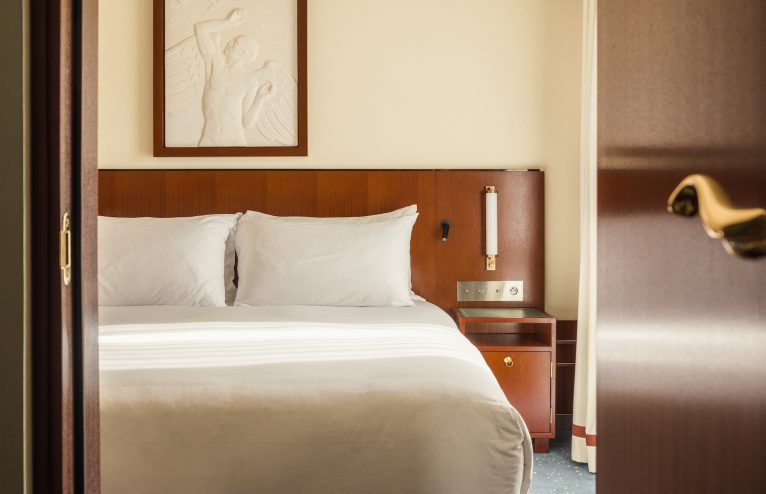
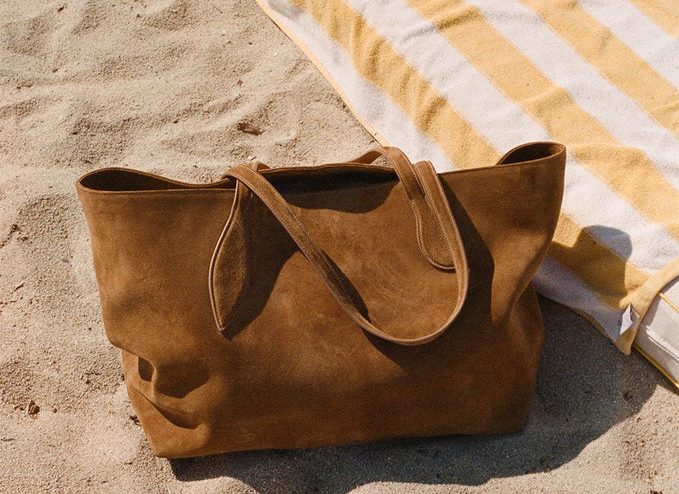


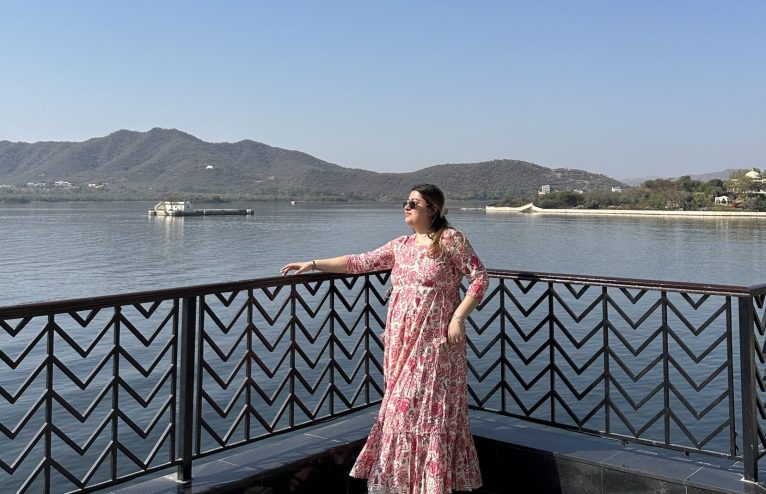

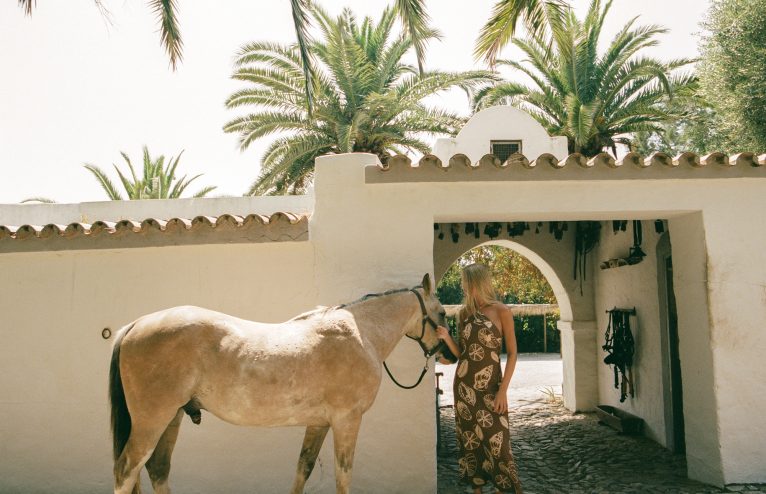
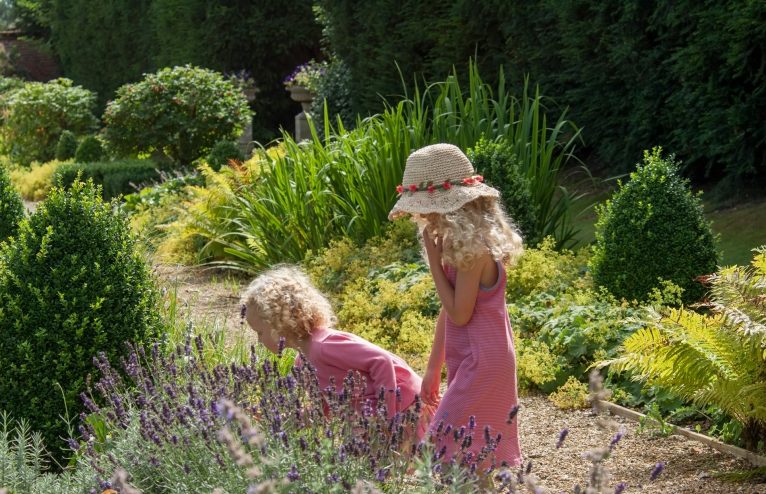
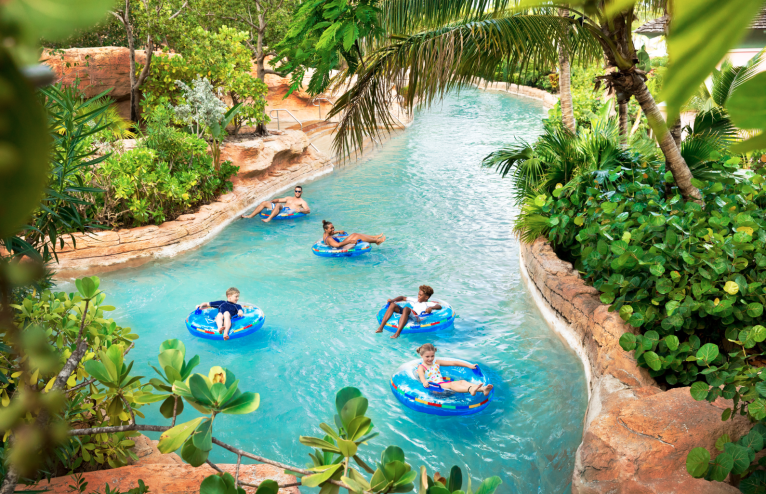





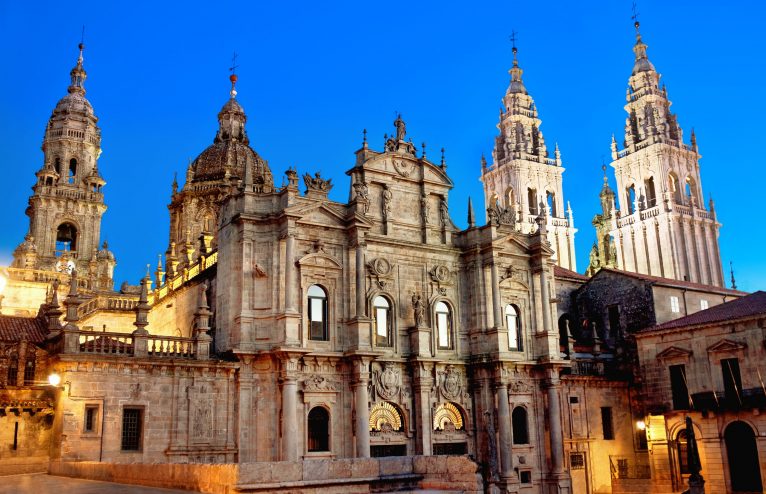


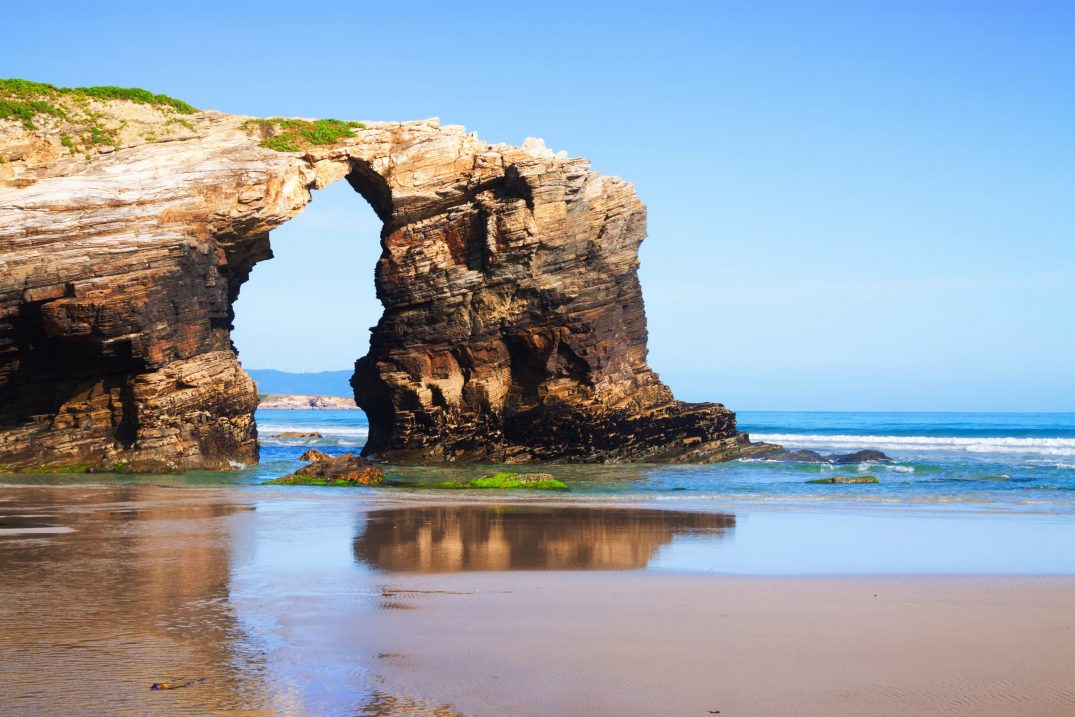
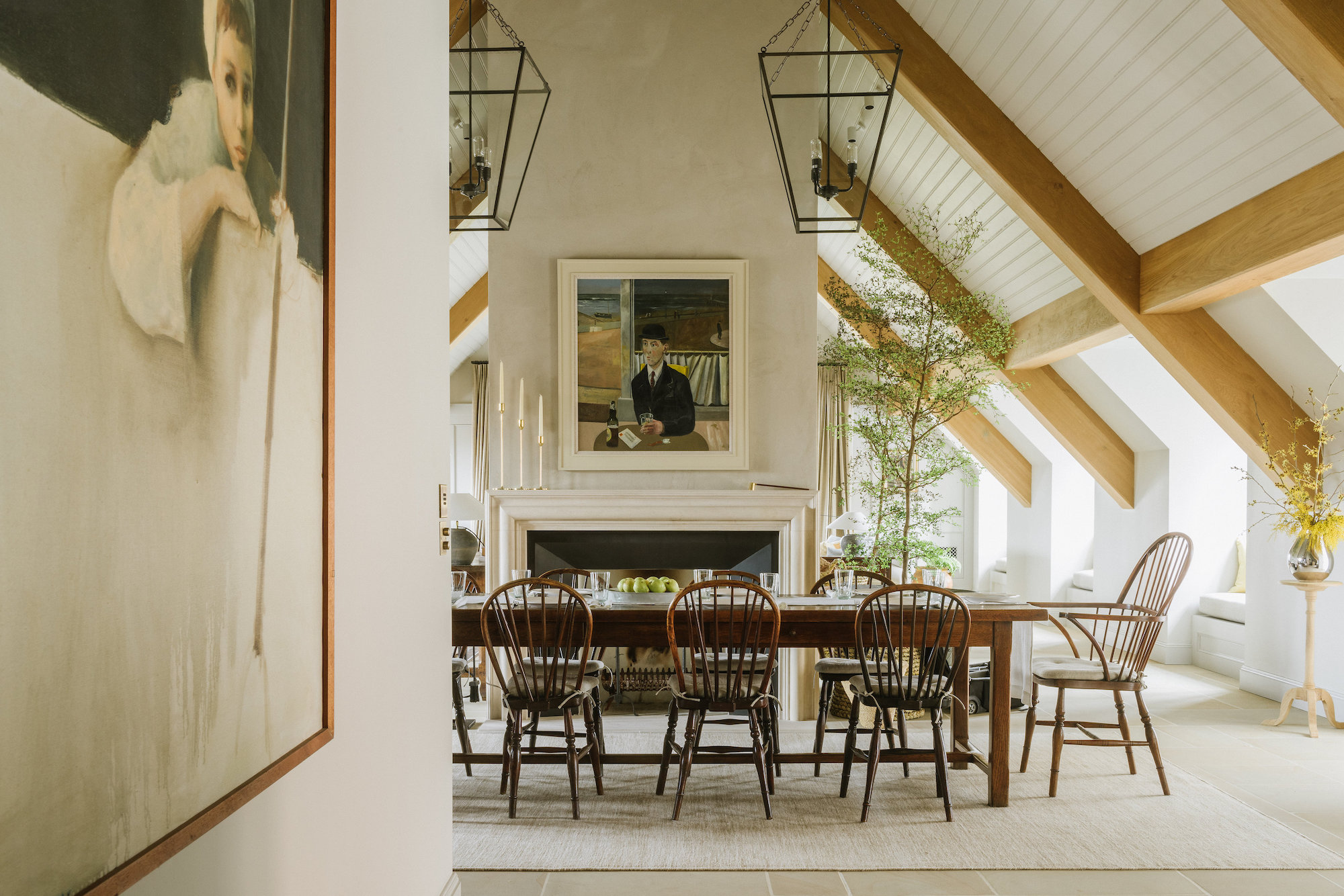



Any Questions or Tips to add?